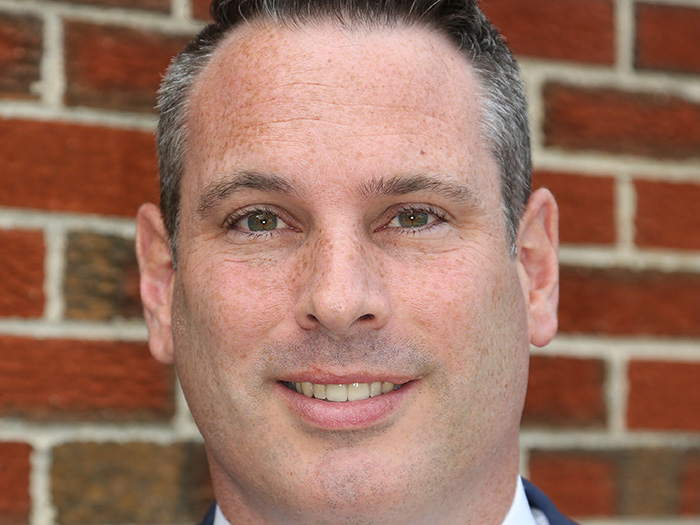Construction Industry
Tech Challenges for Surety

Technology’s integration into every aspect of our lives makes organizations increasingly vulnerable to some sort of cyber flaw.
This is true for the construction industry, and it has led to surety bonding working to incorporate technology as both a source of information and a factor in underwriting.
“We are seeing a blurring of the lines between commercial and contract in the surety world. Contract surety used to be just sticks and bricks,” said Joseph Perschy, director of strategic operations, Argo Surety. “Commercial surety covered everything else.

Joseph Perschy, director of strategic operations, Argo Surety
“But as tech has become more integrated into construction, underwriters can’t just do one or the other anymore. With smart buildings, the underwriters need clarity through the general contractor to the subcontractors installing the systems.”
Argo Surety, part of the Argo Group, provides contract and commercial surety bonds to a variety of businesses and industries in all 50 states. Argo Surety also offers U.S. Customs bonds through a partnership with C.A. Shea & Co.
“Clearly the buck stops with the underwriter,” said Perschy, “but the brokers and the contractors have roles as well. Contractors need to be clear with underwriters on their comfort level with technology, their capabilities and the expertise of their subcontractors.”
If things do not go well, “the contractor is going to be responsible for reimbursing the surety,” noted Perschy.
“Now that is not necessarily crippling; that actually is what the bond is for. The surety steps in, then goes back to the contractor. But that makes it harder and costs more money and time.”
To enable insurance companies and sureties to incorporate work-in-progress statements from contractors and subcontractors in their underwriting, a broad coalition is working to develop a format with XBRL US, the standards organization for financial data.
According to XBRL, developers are assessing input from the first public-comment period that closed recently, and will consider a second such period over the summer or into autumn.
Separately, XBRL is also developing a new data standard for solar energy in a project with the U.S. Department of Energy. First fruits are not expected until 2018.
The U.S. chapter of XBRL, an international organization, is one of about two dozen national standards groups. The acronym stands for “eXtensible Business Reporting Language” and was originally developed as a financial data standard. It is used by public companies in reporting to the Securities & Exchange Commission, as well as by banks filing with the Federal Deposit Insurance Corp.
The effort to establish standards for contractors and sureties started in 2015. XBRL reported that a proof-of-concept project was completed with The Hartford, and that Liberty Mutual is also participating.
“We are now trying to engage other underwriters and contractors,” added Michelle Savage, vice president of communications for the group.










